APPLICATIONS
POLLUTTANTS
WATER MATRIX

Polluttants
Antibiotics
Sources and occurrence into the environment
Antibiotics are typically released into the environment from different sources including effluents of pharmaceutical factories, effluents of urban wastewater treatment plants, effluents of livestock farms. Their concentrations in aqueous matrices can vary in a wide range from ng/L- µg/L (in surface water and urban wastewater) to mg/L (in industrial wastewater).
Effect on human health and environment
Depending on the antibiotic and concentration, they can result in chronic toxic effect on the environment and contribute to the development and spread of antibiotic resistance.
Possible solutions
Possible solutions for their removal depends on the target antibiotic, its concentration and the target environmental matrix. For example, antibiotics are included among the so called “contaminants of emerging concern” and some European Countries are upgrading urban wastewater treatment plants with advanced methods (typically including adsorption and ozonation). However, these processes have some drawbacks and AOP4Water can propose alternative options based on photo driven advanced oxidation processes.
Polluttants
Antibiotic Resistance
Sources and occurrence into the environment
The overuse and misuse of antibiotics promotes the spread of antibiotic resistance (AR) in clinical settings and the environment through mobile genetic elements, including antibiotic resistant bacteria (ARB) and antibiotic resistant genes (ARGs). Urban wastewater treatment plants (UWTPs) are among the main sources for the dissemination of AR into the environment.
Effect on human health and environment
Antibiotic resistant determinants, including antibiotics, ARB and ARGs, can contribute to the development and spread of antibiotic resistance. Antibiotic resistance is considered as one of the most urgent societal issues, which is expected to become a major burden to the global economy and societal health with hundreds of thousands of people dying from resistant pathogens and billions of dollars in economic losses.
Possible solutions
Possible solutions for their removal depends on the nature of the target antibiotic resistance determinant (chemical (antibiotic) Vs biological (ARB and ARGs)), the target antibiotic, its concentration and the target environmental matrix. Conventional wastewater disinfection methods (such as chlorine, peracetic acid and UV-C radiation) are only poorly effective in the removal of antibiotics and ARGs and AOP4Water can propose alternative options based on photo driven advanced oxidation processes which have been found to be more effective than conventional processes.
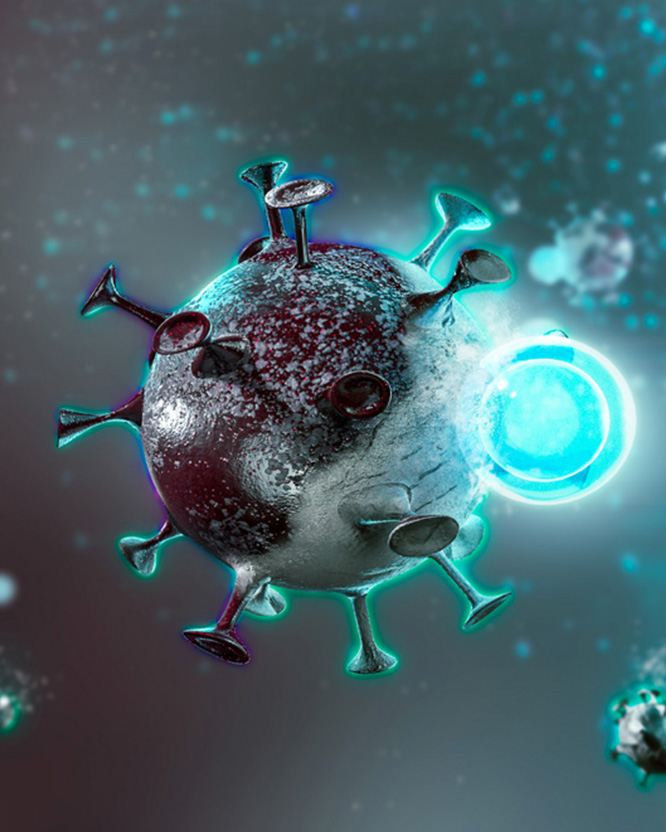
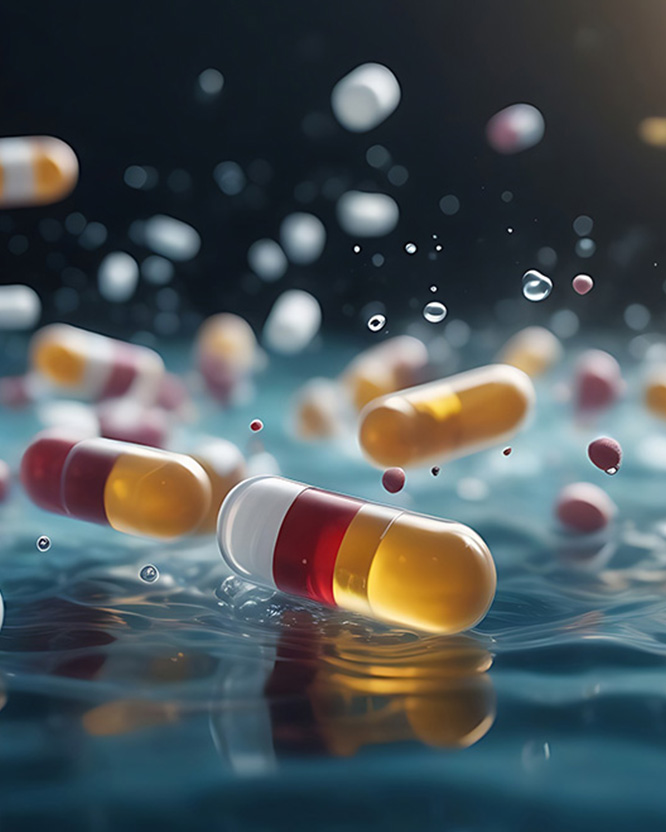
Polluttants
Contaminants of emerging concern (CECs)
Sources and occurrence into the environment
Contaminants of emerging concern (CECs) are a group of chemical and biological pollutants released into the environment from urban wastewater treatment plants (UWTPs) effluents and other sources. Chemical CECs include, among others, pesticides, pharmaceuticals, hormones, personal care products, and their metabolites, and are typically detected at ng/L-µg/L in surface water and urban wastewater. Biological CECs include pathogens and antibiotic resistant determinants (such as antibiotic resistant bacteria, antibiotic resistant genes). Unfortunately, conventional UWTPs are not designed to remove CECs which finally are released into the environment almost unaffected.
Effect on human health and environment
Depending on the target chemical CEC and its concentration as well as on possible synergic effects with other pollutants, they can result in chronic toxicity on the environment with unpredictable effect on human health through the food chain. Antibiotic resistant determinants can contribute to the development and spread of antibiotic resistance. Their release through the UWTPs effluent is of particular concern when it is reused for irrigation of crops.
Possible solutions
Possible solutions for their removal depends on the nature of the CEC (chemical Vs biological), the target chemical CEC, its concentration and the target environmental matrix. For example, some European Countries are upgrading UWTPs with advanced methods (typically including adsorption and ozonation) to effectively remove chemical CECs. However, these processes have some drawbacks and AOP4Water can propose alternative options based on photo driven advanced oxidation processes.
Polluttants
Microcistyns
Sources and occurrence into the environment
Microcistines are a class of toxins produced by certain freshwater cyanobacteria, commonly known as blue-green algae. The most widespread MC is MC-LR, which contains leucine (L) and arginine (R), accounting for 46%–98% of the total MCs concentration in the natural bloom. World Health Organization (WHO) stipulated a provisional guideline value of MC-LR of 1.0 μg/L, which is also applied in China’s drinking and source water.
Effect on human health and environment
MC-LR enters human body via oral intake through drinking water and food that contain toxins, which results in a series of health problems such as abdominal pain, vomiting, and even cardiac arrest.
Possible solutions
Physical and chemical methods (copper sulphate, potassium permanganate, chlorine, etc.) were ineffective to degrade MC-LR due to its stable structure completely. AOP4Water can propose alternative options based on photo driven advanced oxidation processes.
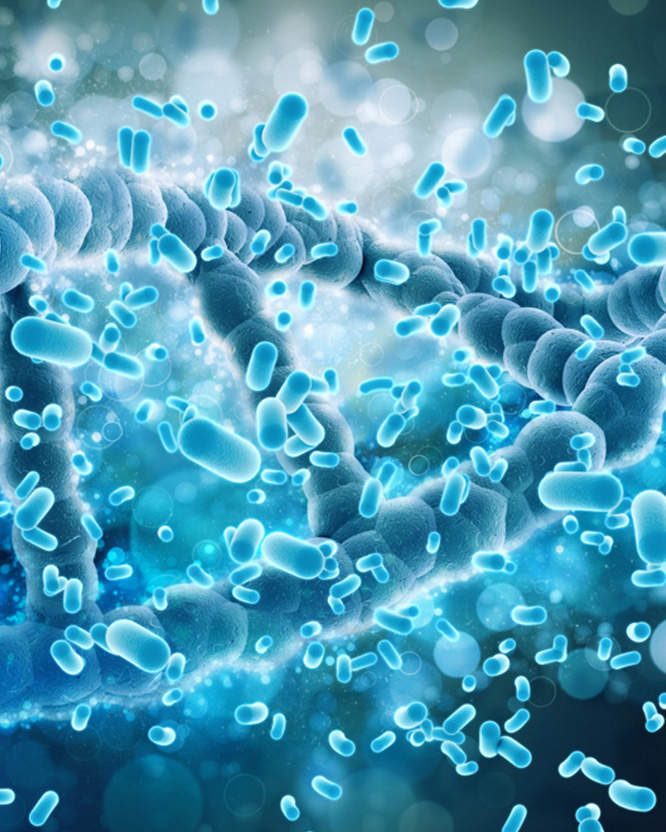
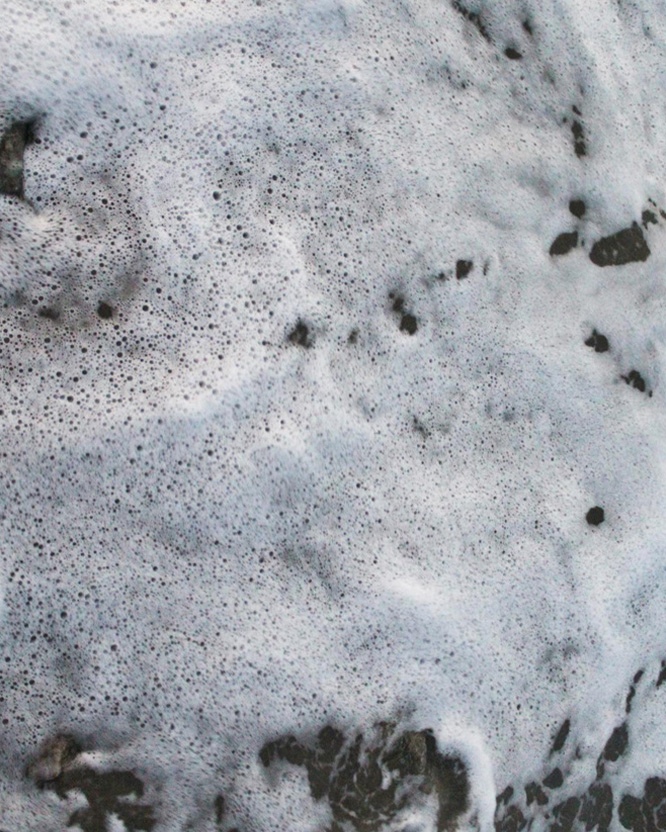
Polluttants
Surfactants
Sources and occurrence into the environment
Surfactants are substances that create self-assembled molecular structures called micelles in a solution and adsorb to the interface between a solution and a different phase. These properties are guaranteed by a peculiar chemical structure characterized by two different functional groups with different affinity (an hydrophilic moiety and hydrophobic one). Surfactants can be classified into three different groups: non-ionic, anionic and cationic surfactants.
Effect on human health and environment
Surfactants are a class of environmental pollutants with several repercussions on the environment especially in wastewater treatment plants where non-biodegradable surfactants accumulate.
Possible solutions
In the literature, both physical (i.e. adsorption) and chemical processes as ozonation and photo – Fenton have been applied to decompose surfactants. However, these processes showed several drawbacks and, in this scenario, AOP4Water can propose alternative options based on foam-fractionation and photo driven advanced oxidation processes to completely remove this class of environmental pollutants.
Polluttants
Arsenic
Sources and occurrence into the environment
Arsenic (As) occurs in rocks (subsoil), water, air, plants and animals due to both natural and anthropic sources. In water As exists mainly as arsenite (As(III), H3AsO3) and arsenate (As(V), H3AsO4). As(III) and As(V) occur in ground- and surface-water as neutral (H3AsO3) and anionic (H2AsO4– or HAsO42−) species, respectively.
Effect on human health and environment
Arsenic is toxic to humans and environment and As(III) is the most dangerous specie. Ingestion of inorganic arsenic can result in both cancer (skin, lung and urinary bladder) and non-cancer type effects. In addition, inorganic arsenic in drinking water may affect the central and peripheral nervous systems, dermal, cardiovascular, gastrointestinal and respiratory systems. Accordingly, its concentration in drinking water Is regulated in different Countries and WHO set a limit as low as 10 μg/L.
Possible solutions
While As(V) can be easily removed by adsorption or coagulation/precipitation processes, the more toxic form of As(III) is less effectively removed by separation methods and an oxidation step to oxidize As(III) to As(V) would reduce toxicity and make the compliance of treated water with regulation possible. However, most of oxidants result in the formation of toxic and regulated oxidation/disinfection by products (DBPs), which has discouraged this approach in drinking water treatment so far. AOP4Water developed an effective method based on a photo driven advanced oxidation process coupled to a separation step, which effectively removes As from water.
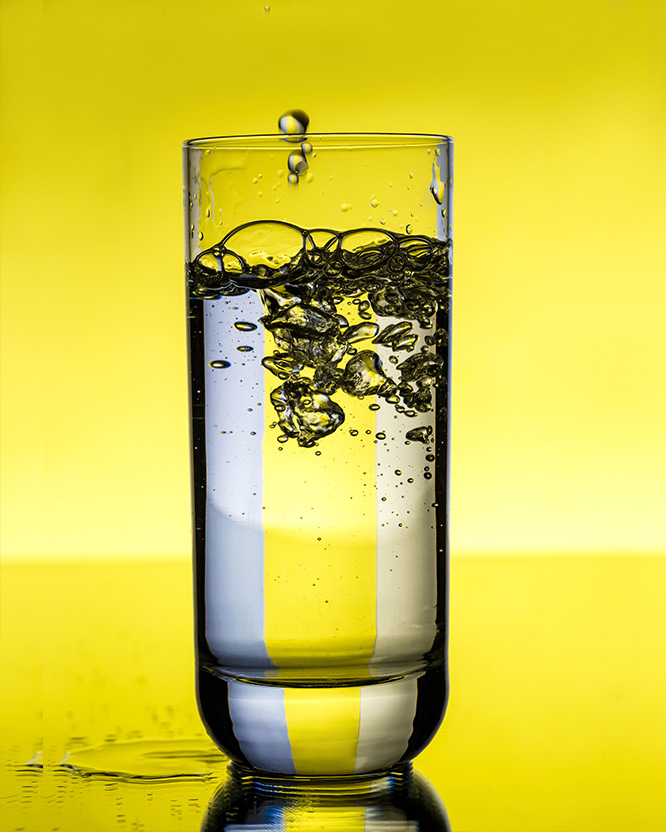
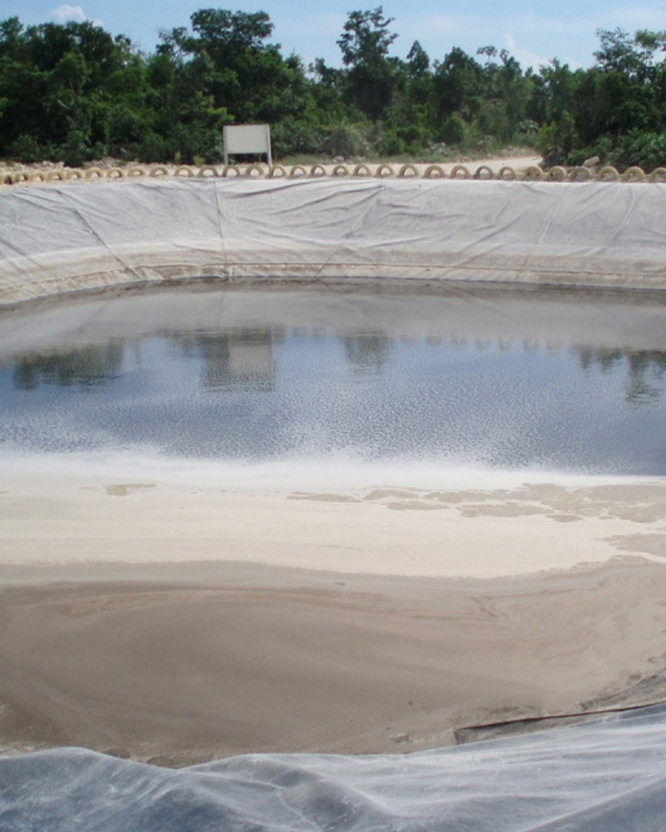
Water Matrix
Landfill Leachate
Characteristics
Landfill leachate (LL) is a wastewater generated by the decomposition of wastes and rainfall percolation through the landfill. It is characterized by high concentration of pollutants including biodegradable organic matter, recalcitrant organic compounds, ammonia, heavy metals, inorganic salts and toxic pollutants. Their concentration depends on the composition of the wastes and on the age of the landfill.
Possible solutions
Possible solutions for LL treatment depend on the type and concentration of the pollutants and the age of the landfill. Due to the mixture of different pollutants, toxicity and refractoriness, LL is really hard to treat by conventional (biological) processes and typically a multi-barrier approach, including chemical and biological processes, is requested to meet the limits for disposal into the environment.
AOP4Water can propose and develop sustainable solutions by coupling innovative chemical (including advanced oxidation methods) and biological processes, for on-site and off-site LL treatment as well as for the upgrading of existing wastewater treatment plants.
Water Matrix
Tannery Wastewater
Characteristics
Tannery wastewater (TW) are mainly generated by implementing the preparation and tanning processes of wet operations employed in leather production. TW are characterized by high concentrations of COD, BOD5, sulfide, ammonia nitrogen, and suspended solids.
Possible solutions
Based on the degree of treatment, the processes used in tannery wastewater treatment can be classified as follows: primary, secondary, and tertiary.
Because a single method of secondary treatment fails to completely remove the nitrogen and phosphorus from wastewater, a combination of several methods is needed. After subjecting the tannery wastewater to secondary biochemical treatment, the pollutants in the wastewater are barely biodegradable. In this scenario, AOP4Water can propose and develop sustainable solutions for TW treatment.
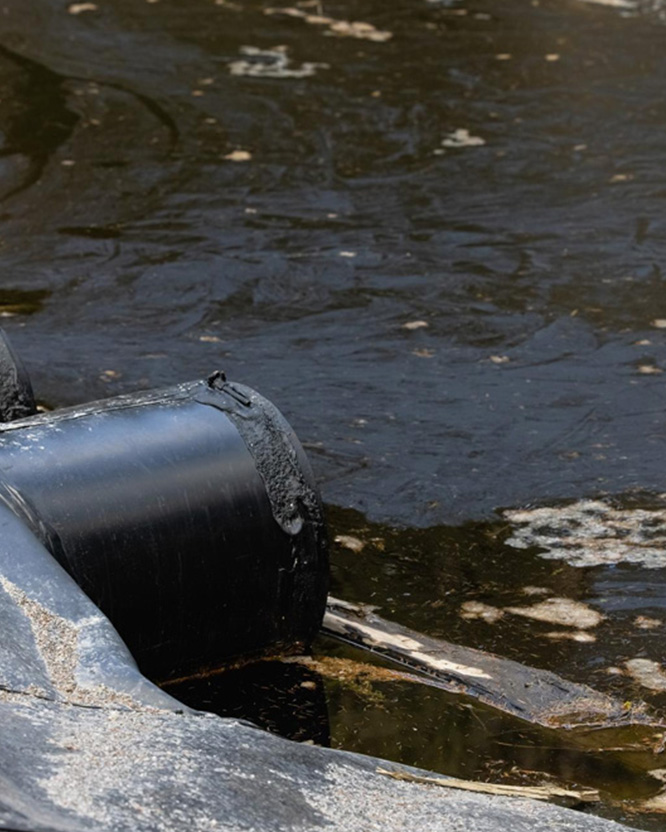
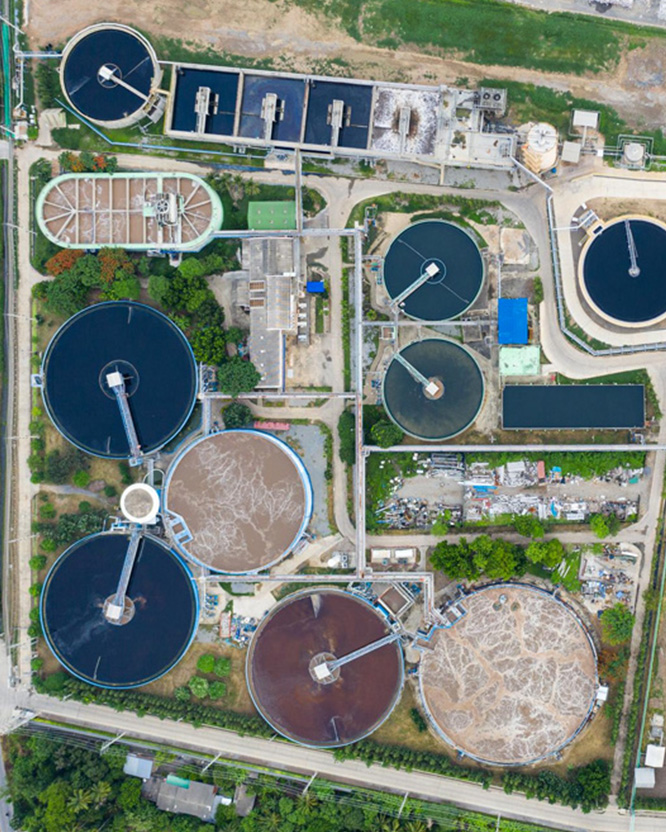
Water Matrix
Urban wastewater treatment plants
Challenges
Urban wastewater treatment plants (UWTPs) are among the main hotspots for the release into the environment of chemical (such as active ingredients of pharmaceuticals and personal care products, pesticides, flame retardants) and biological (pathogens, antibiotic resistant bacteria (ARB), antibiotic resistant genes (ARGs)) contaminants of emerging concern (CECs). Unfortunately, UWTPs are not designed to specifically remove them which are finally released through the effluent almost unaffected.
Possible solutions
Possible solutions for an effective advanced treatment of urban wastewater depends on the nature of the CEC (chemical Vs biological), the target chemical CEC, its concentration and the target environmental matrix. Conventional wastewater disinfection methods (such as chlorine, peracetic acid and UV-C radiation) are only poorly effective in the removal of CECs and ARGs. Moreover, some European Countries are upgrading UWTPs with advanced methods (typically including adsorption and ozonation) to effectively remove chemical CECs. However, these processes have some drawbacks such as the formation of toxic by-products (namely ozonation) and poor efficiency in wastewater disinfection (adsorption). AOP4Water can propose alternative and effective options based on photo driven advanced oxidation processes.
Water Matrix
Dye Wastewater
Characteristics
Wastewater containing dyes is a significant polluter of the environment which also affects human health, as textile industries generate large amounts of highly coloured wastewater containing a diverse range of persistent pollutants. Dyes are often divided into several categories according to their origin, structure, and application. The effluent discharged from dye industries contain a mixture of metals, dyes and other pollutants.
Possible solutions
The industrial manufacturing procedure discards unsafe and colored dyes mostly azo dyes. These dyes are a vital base of environmental pollution that causes harmful effects on aquatic life because of its low biodegradability, strong color, high COD and BOD. Possible solutions for dye industrial wastewater treatment are mainly classified into three types: (i) biological, (ii) chemical and (iii) physical treatments. These type of wastewater is really hard to treat by conventional (biological) processes and it needs to be treated with advanced oxidation processes.
AOP4Water can propose and develop sustainable solutions for on-site and off-site dye wastewater treatment as well as for the upgrading of existing wastewater treatment plants.
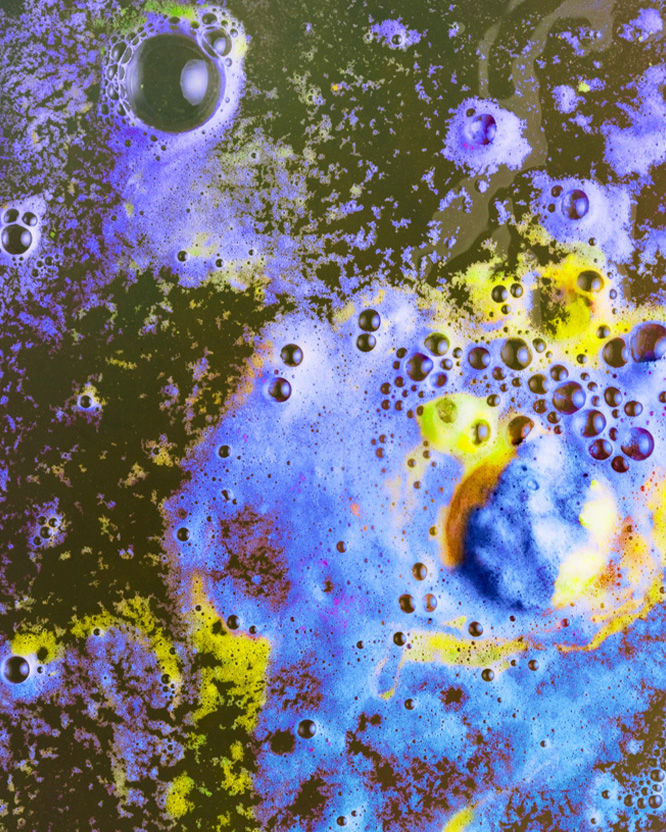
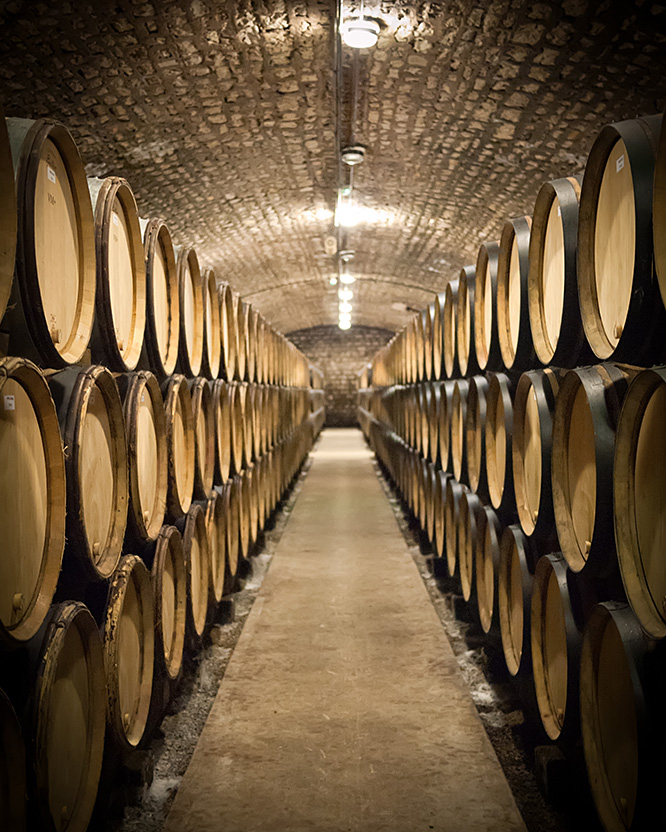
Water Matrix
Winery-Wastewater
Characteristics
The disposal of winery wastewater (WW) is a serious environmental problem worldwide due to the characteristics of these effluents which are acidic (pH 4.0–6.0), with a high organic loading (some g/L of chemical oxygen demand (COD) concentrations), and suspended solids (up to some g/L as well). Amongst other organic compounds, WW contain high concentrations of phenols (up to hundreds mg/L), which make them difficult to treat by biological processes because they result in phytotoxicity and toxicity to bacteria.
Possible solutions
Due to the above explained characteristics, possible solutions for WW treatment ask for a multi-barrier approach combining biological, chemical and physical processes as well as a careful and specialist design.
AOP4Water can develop and design sustainable solutions for on-site and off-site WW treatment as well as for the upgrading of existing wastewater treatment plants.












